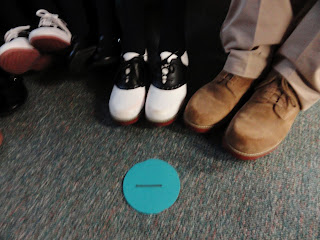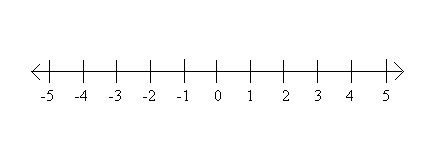Take a look at this coordinate plane:
 |
| rblewis.net Remember that we find the coordinates of a point by first looking at the value on the x-axis (horizontal), then at the value on the y-axis (vertical).
Example:
To find the coordinates for point A, first locate where it lies on the x-axis (look at the line that goes left to right). It's at positive 4, so our first value for the coordinate is 4.
Then, locate where point A lies on the y-axis (look at the line that goes up and down). This value is also positive 4, so our second value for the coordinate is 4.
Since the format for a point on the coordinate plane is (x, y) - plug the values in. In this case, the coordinate for point A is (4,4).
Here are the other coordinates. Study them to make sure you know how/why these are the correct numbers:
B: (-3, -3)
C: (3, -6)
D: (-5, 2)
Now, for some goodies. I completely forgot to post the winners of our pattern challenge! Check out these great questions:
|









